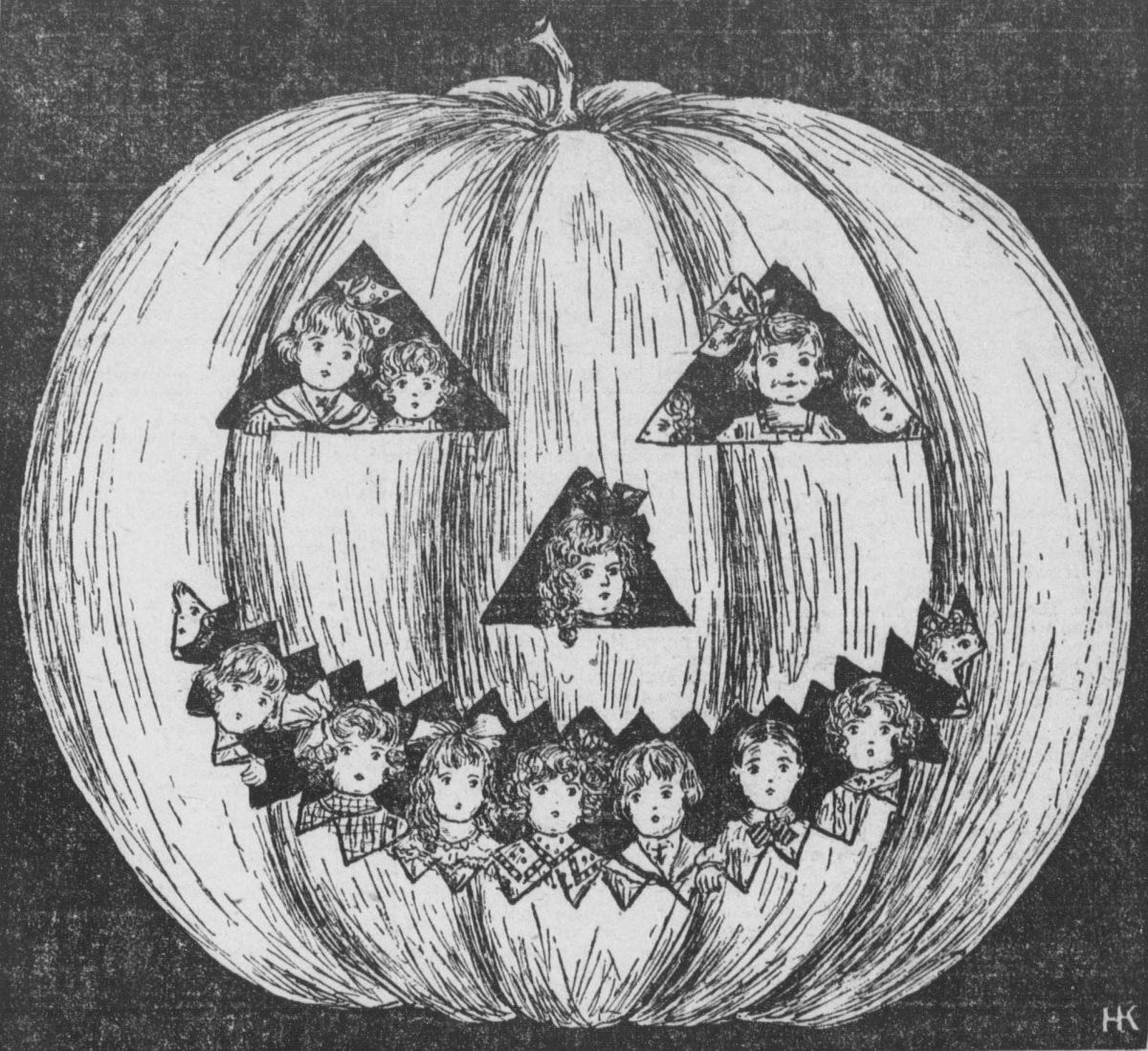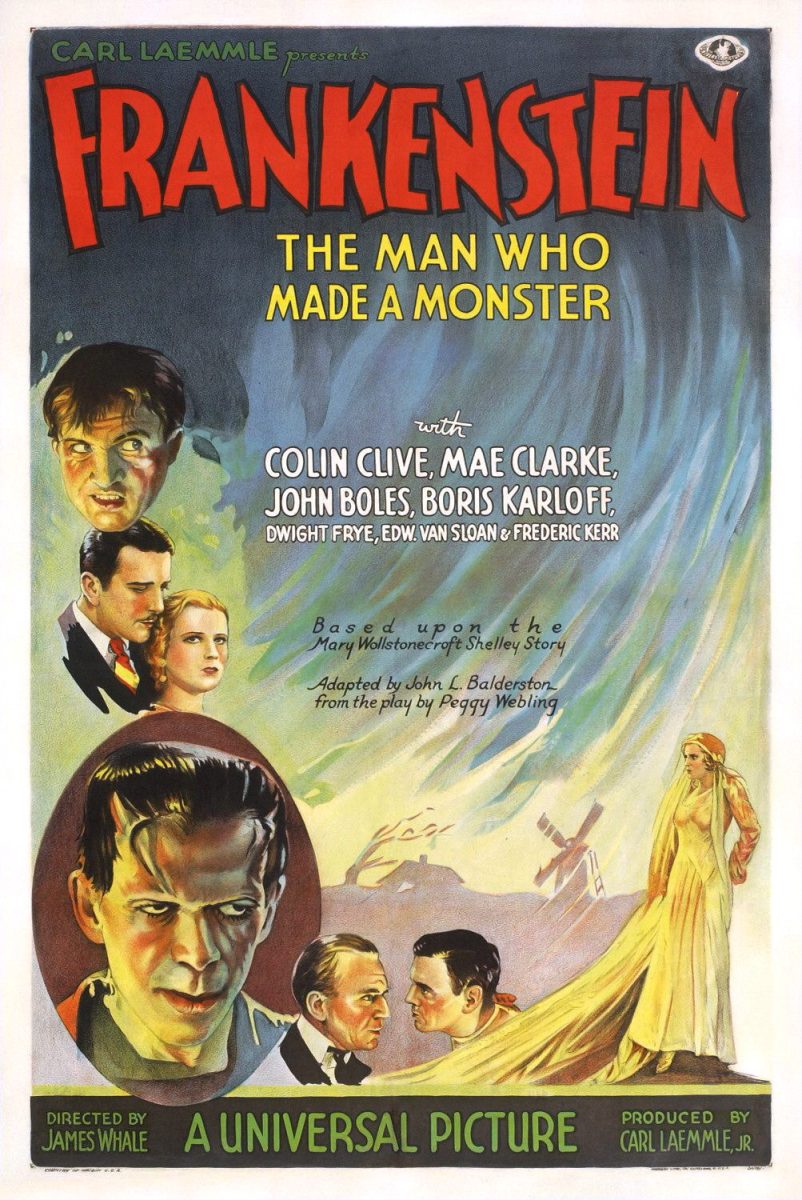From the mismatched furniture gathered around two tables near the front of the stage to the eclectic assortment of light bulbs of various shapes and sizes hanging from the rafters, when the lights came up on “Our Town,” it was clear the audience was about to witness a non-traditional performance.
The performance used no props—just a few chairs, a table, and two ladders in one scene—leaving George Gibb (Joe Castinado) to toss an invisible baseball into the air, Mrs. Gibb (Brooklyn Buhre) to hold an imaginary chicken and Emily Webb (Tilly Leeder) to walk home with her arms full of unseen books.
When not on stage, actors sat on the edges of the set, still visible to audience members. The stage manager, a character in the play performed by Diane Anglim, called characters on and off stage, even thanking them for special performances. Her role was principal to foreground the metatheatrical nature of the show: in many ways, the performance was about the performance itself.
Though I was most intrigued by this element of the show when I walked into the theatre, as the show continued on, the foregrounding of the stage manager became one of the most disappointing parts. Certainly, this was not due to Anglim’s performance, as she memorized an exorbitant amount of lines, consisting mainly of long monologues, and delivered each without a single noticeable slip-up.
Rather, the presence of the stage manager seemed to serve more as a lazy expository device rather than a metatheatrical one. Most of the monologues contextualized the scenes, which was useful sometimes and, at others, merely distracting. The metatheatrical elements, not mentioned in the program, were lost on many audience members; I heard a couple behind me questioning why a woman in “street clothes” was explaining the entire play.
Anglim did shine in her role during two particular scenes, which allowed her more latitude than the somewhat dry monologues did. In one scene, Anglim transforms into the owner of the soda shop where George and Emily go on their first date. In another, she becomes the minister who officiates their wedding. The ability of the stage manager to transcend character, time and location was especially intriguing as a metatheatrical aspect and was a strategy I wish was employed more by Wilder as the playwright, or the specific production at Colorado Mesa University.
The charm of the play, instead of stemming from the non-traditional elements that initially interested me, came from the close attention to specific moments in the lives of two families, the Gibbses and the Webbs. Most of the attention centers around their two children, George and Emily, as they grow from childhood friends to high school kids falling in love, to a married couple and eventually to separation upon Emily’s death.
Castinado and Leeder both shined in their roles, especially during the second act when both played high school-age adolescents struggling to admit they were falling in love. The highlight of the show is their scene in the soda shop when a flustered George oscillates between asking Emily to write him when he goes to college to insisting he won’t go, because he’s grown “fond” of her and the town.
The scene ends shortly after Emily gives George a quick peck on his lips, then pulls away in surprise. While Castinado accurately and somewhat humorously captures the awkward and unsure boy trying to ask out a girl he has begun to love, Leeder moves between playful and shy as she responds to Castinado.
It is moments like this that truly make the play memorable. Since the play follows a simple, ordinary town—one that’s even safer than most, according to Editor Webb (Kris Karns) in his early monologue—it is fitting that the most poignant moments are simple as well.
When the play moves to the grandiose and philosophical in the final act, it falls flat in comparison to the emotional potential of earlier scenes. The initial moments of the third act are engaging. The lights comes up upon a cluster of chairs, most of which are occupied by a still performer. The audience will recognize some of the characters from earlier scenes: Mrs. Gibbs is there, as well as the drunk town organist Simon Stimson (Joey DeMers).
Shortly after, the audience will realize these people also mark their own graves. A funeral procession enters, carrying a pall as Emily in a white nightdress walks beside. Leeder plays an Emily who is balanced between frantic and curious questioning; as Mrs. Gibbs hushes her, Emily continues to ask everything imaginable.
The scene is touching at points: when Mr. Webb turns from his daughter’s grave, or when George cries at her feet. However, when the scene culminates with philosophical pronouncements about life and death, the scene crumbles. Rather than trust the audience to gather these thematic ideas from the performance itself, characters and the stage manager explain them.
[media-credit id=84 align=”alignleft” width=”300″] [/media-credit]
[/media-credit]
Despite my expectations that the metatheatrical moments would be the most interesting, I was instead captivated by the small gestures in “Our Town”: the tender reassurance of Karn’s Mr. Webb, the prying of Mrs. Webb into her daughter’s love life as they shell peas and the serenity of Leeder’s Emily and Castinado’s George watching the moon out their separate windows.








